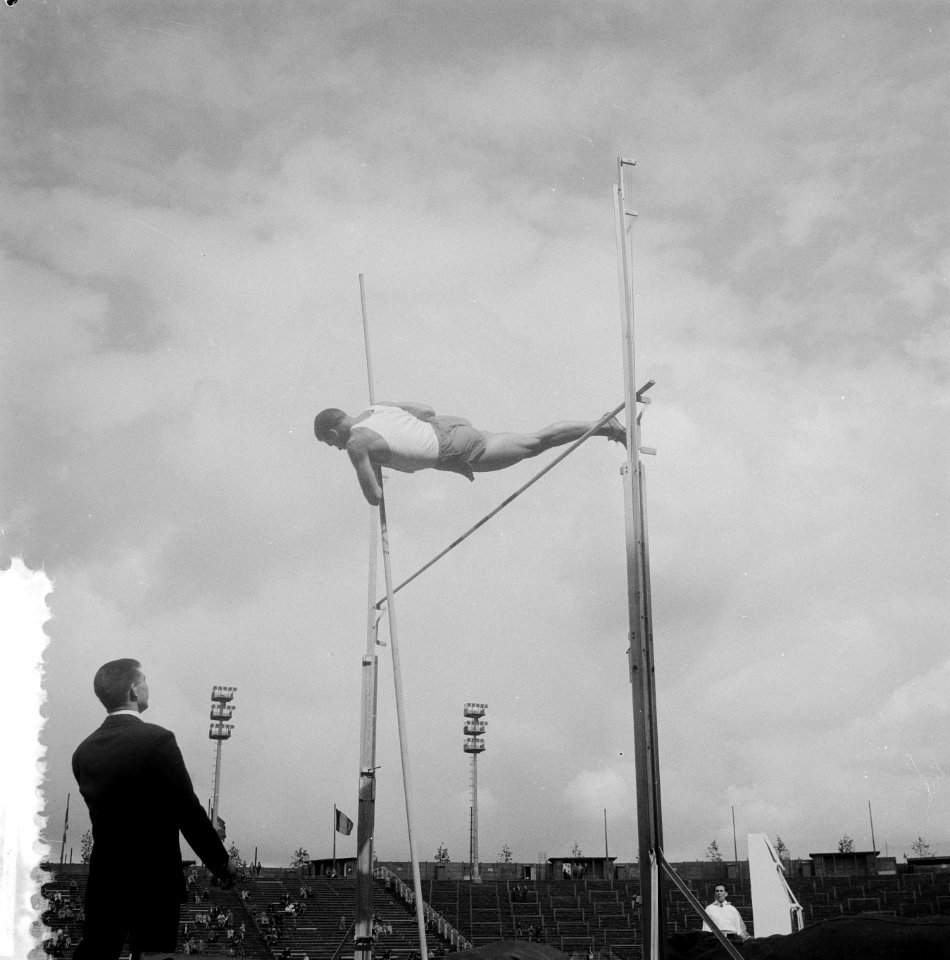
Very few sports persons dominate their sport the way a few rare athletes do. Sergei (Serhiy in Ukrainian) Bubka was one such who dominated the sport with ancient roots – Pole Vault. From 1984 to 1994, he broke the world record in pole vault seventeen (17) times. In that period only one other athlete, the Frenchman Thierry Vigneron, broke a world record once and that stood for nearly eight months. Bubka broke that record in 1984 and went on to break his own world records 14 times more and his last record was broken only in 2014. That is to say that he was the world record holder for thirty years – a rare occurrence in modern sport. Apart from that, in the 110 years or so for which records have been kept, the world record has gone up from 4.02 m to 6.21 m – a 54.48 percent increase. Like in many other sports, the advancement is due to many factors such as, scientific training methods, improved and more scientific nutrition, full time athletes instead of part time or amateur athletes, and the equipment – in some sports more significant than in others.
Pole vault is considered to be one of the most highly technical events among track and field events. Earlier, pole vaulters used ash wood poles or bamboo poles. Steel and aluminium poles made a brief appearance in the 1950s and 60s. All of them were simple devices. They were rigid and heavy. The heavy poles slowed a vaulter’s run up which is crucial in launching the vaulter higher. In other words, the kinetic energy generated by the vaulter’s run-up in the horizontal direction is used to launch the vaulter’s body upwards. The kinetic energy being E = 0.5mv^2, the term velocity has the maximum impact on the height achieved because it is squared. So, a lighter pole that also had the strength to bear the stresses it was subjected to would be highly beneficial.

(“Pole vault – track and field”, Painting by Raffaello Fabio Ducceschi; acrylic on canvas – 67 cm x 91 cm, creative commons licence CC BY-SA 3.0, https://tinyurl.com/mpbktda8)
As anyone who has watched the event knows, the poles bend during the vault – as illustrated artistically above. That means the side of the pole that forms the concave part of the bend has to withstand compressive forces and the other side has to withstand tensile stresses without damage. To achieve this the vaulting pole is now designed to have two sides along its length, though it is not visible from outside. A vaulter can make out which side is which by watching the amount the pole bends when pivoted on the vaulter’s arm and turning the pole on its circumference. Also, interestingly, the poles are rated based on the vaulter’s weight and using a pole rated lower than the vaulter’s weight is considered unsafe. You can read about the physics of the vaulting pole here – https://tinyurl.com/mr3ujzy4 – written by the inventor of sporting equipment – Jeffrey P. Watry.
To meet all these requirements, came newer materials and designs and manufacturing and testing methods. On the materials side came glass fibre and then carbon fibre. With these developments came many patents so much so that vaulting poles and boxes (box in which the vaulter anchors the pole at the end of the run-up and launches into the vault) have their own cooperative classification code (CPC) – A63B5/06.
One of the earliest patents that claimed the use of fibre glass is US3491999A (https://tinyurl.com/5bhn8xff) with priority from the year 1967. The inventor was James Monroe Lindler. Though the original applicant was Columbia Products Co., the patent was later assigned to Shakespeare Co. LLC.
Another patent that claimed a pole made from fibre glass tapes being wound helically on a tube is US3969557A, (https://tinyurl.com/2p9u66e7) the inventor being Herbert R. Jenks and the applicant being AMF Inc. The priority year was 1975. The current assignee is Harry Gill Company. Gill Athletics is one of the premier companies active in this field of athletic equipment.
The advent of carbon fibre meant that the poles became lighter and more flexible and at the same time able to bear greater stresses. One of the earliest patents claiming the use of carbon fibre for poles was US7140398B2 (https://tinyurl.com/57a2fcbt) Even though the use of carbon fibre in vaulting poles is referred to here, that material has had a significant impact on sports equipment of many other sporting disciplines.



